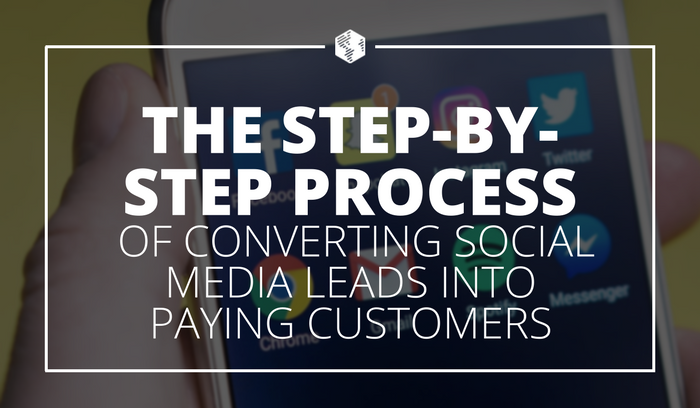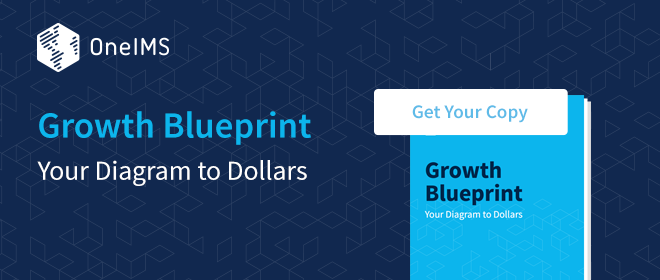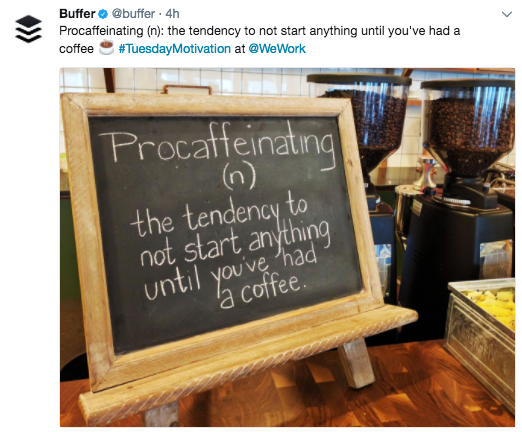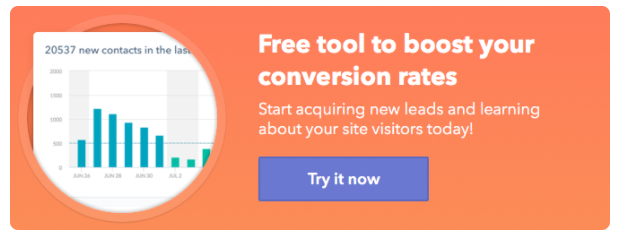As a business owner, you’re probably aware of how social media can attract new leads and grow your customer base. However, those leads don’t become customers just by engaging with a Tweet or Facebook post. If you truly want to use your social media profiles as a lead generation tool, you need to understand the full process of converting leads into paying customers.
The process begins by attracting your audience’s attention on social media. From there, it’s your job to convince them to click through to your website, where they can engage with your content and become familiar with your brand. If you’re providing them with high-quality information, they’ll keep coming back for more.
Let’s break down this process into a step-by-step guide, which you can follow to convert more social media leads into repeat customers!
Key Takeaways:
- Having a strong personality on social media can help you attract and keep customer attention.
- Including natural links to your content will prevent your audience from feeling like they’re being sold to.
- Use strong CTAs to convince your social media leads to enter your traditional sales funnel.
Step 1: Attract Attention with Your Brand Personality
Social media can be one of the best tools for growing your business and attracting new customers. However, the key to succeeding on platforms like Twitter, Facebook, and LinkedIn lies with the term ‘social’. If you’re not engaging with your target audience on social media, you’re going to struggle to really grab their attention. In order to increase your leads through your social media page, you need to develop a strong brand personality.
When a potential customer or client logs into their social media accounts, they’re not generally looking to be sold to. Instead, they’re searching for content that will be helpful, entertaining, or engaging in some way. Simply posting links to your website usually isn’t enough to attract high-quality attention. On the other hand, a strong brand personality not only grabs attention, but also fosters strong relationships and encourages more leads to convert into paying customers. Buffer does a great job of showing their personality on social media, as seen in this example:
The personality you put out on your company’s social media profiles should be an accurate representation of who your brand is and the audience you’re trying to attract. To better understand what your target audience is looking for on social media, research their behaviors and preferences. Completing a buyer persona and including details like the language your target audience uses can help you create stronger posts.
Step 2: Offer Links to Your Website Naturally
When promoting your content on social media, your main objective should be to draw your audience back to your website. Once they’re on your site, they can explore your content, browse your products or services, and learn whether or not you’re can provide what they’re looking for. However, you can’t simply post links without the right context.
Many companies fail at social media because they don’t consider the atmosphere before they start posting links. While you may have high-quality content, you need to remember that your audience isn’t on social media to be sold to. Instead, they’re looking for ways to engage with friends and explore the things they’re interested in. This means you need to find a way to include links to your website as naturally as possible, typically by providing a lead-in that will encourage your audience to want to learn more. For an example, check out this post from Intel’s Facebook page:
To make your links appear as natural as possible, you’ll want to consider the context of the content you’re sharing. Think about what potential customers are doing online, and how your content fits into their reasons for spending time on social media. Consider the platforms you’re sharing on as well, and understand what users of each site are looking for. For example, when someone gets on Instragram, they’re likely searching for or sharing images. When they use LinkedIn, on the other hand, they may be looking for more business-centered content.
Step 3: Match High-Quality Content with Strong Calls To Action (CTAs)
Once an audience member has landed on your website, you need to provide them with the entertainment, education, or information they need to become interested in your brand. While you may have enticed them to click a link, that may not be enough to encourage them to convert into a high-quality lead. In order to collect their contact information, you’ll need to include strong a strong call to action.
Your call to action (CTA) will tell your audience members what they should do next. When they reach the end of a piece of content, there should be a CTA pointing them in the direction of what you’d like them to do. This may be signing up for a newsletter, engaging with another piece of content, or even following you on social media. Whatever action you’d like them to perform, it should bring them closer to becoming a customer, as seen in this example from Hubspot:
When creating your CTAs, you need to consider what logical next step your customers will need to take in order to move further down the sales funnel. If they’re engaging with a piece of content near the beginning of the process, it isn’t likely that they’ll make a purchase based off that one connection. Instead, signing up for a newsletter may be a better fit. Also, remember to make your CTAs exciting and attention-grabbing, and place them throughout your content (including at the end or in the middle if the topic permits).
Step 4: Filter Visitors Into Your Traditional Sales Funnel
Most CTAs should be designed to gather your social media followers’ contact information. At that point, they’re ready to enter into your traditional sales funnel. When they are added to this process, you can nurture them in the same way you would with your other leads.
Proper lead nurturing is based on paying close attention to what your leads are doing online. This includes understanding how they’re interacting with your content, and predicting what questions they may be looking for answers to. To properly nurture them, you want to provide them with the exact content they need at the right time.
Strong lead nuturing strategies come from fully understanding what your audience needs. Since your leads will have different requirements and questions, and will enter your sales funnel at different stages, you can’t approach lead nurturing as a one-size-fits-all approach. Instead, you want to develop close relationships with your leads so you can provide them with the content they’re looking for. Starting with social media is the perfect way to begin those relationships.
Conclusion
Simply setting up your social media profiles and sharing content isn’t enough to attract serious leads. While you may be getting likes, shares, and comments on your posts, these things don’t necessarily equate to purchases and sales. In order to attract actual customers, you need to properly convert your leads.
Let’s recap the four steps you can follow to convert social media leads into paying customers:
- Use your brand personality to attract your target audience’s attention.
- Share links to your content and website as naturally as possible.
- Include strong CTAS in your high-quality website content.
- Move social platform leads into your traditional lead nurturing funnel.
How do you think this process will improve your social media conversions? Let us know in the comments section below!




































